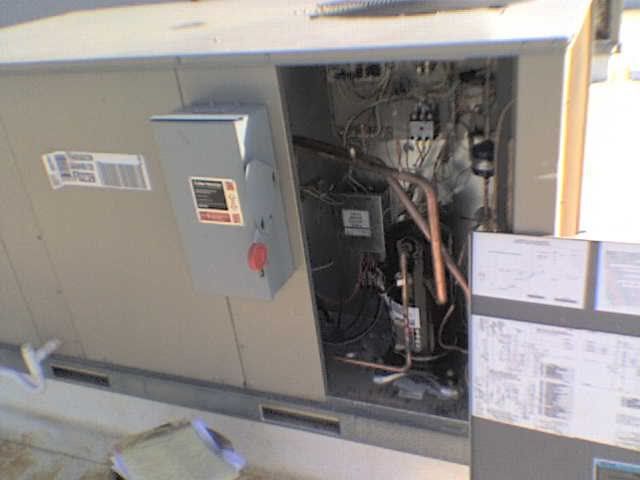Hi fellas, NEC 2002 Art 440.14 says the disconnect can be "installed on or within the air-conditioning or refrigerating equipment". In addition to this, the NEC continues saying that the "disconnecting means shall not be located on panels that are designed to allow access to the air-conditioning or refrigerating equipment". This is basically the confusing part as first it says you can install a disc. "on or within" the air-cond. equipment.
Recently a contractor installed the disconnect within the control box (inside("within") the equipment). Is this causing a violation to the statement "disconnecting means shall not be located on panels that are designed to allow access to the air-conditioning or refrigerating equipment"?.
How do you interpret this fellas?:smile:
Thanks for your time
Recently a contractor installed the disconnect within the control box (inside("within") the equipment). Is this causing a violation to the statement "disconnecting means shall not be located on panels that are designed to allow access to the air-conditioning or refrigerating equipment"?.
How do you interpret this fellas?:smile:
Thanks for your time



